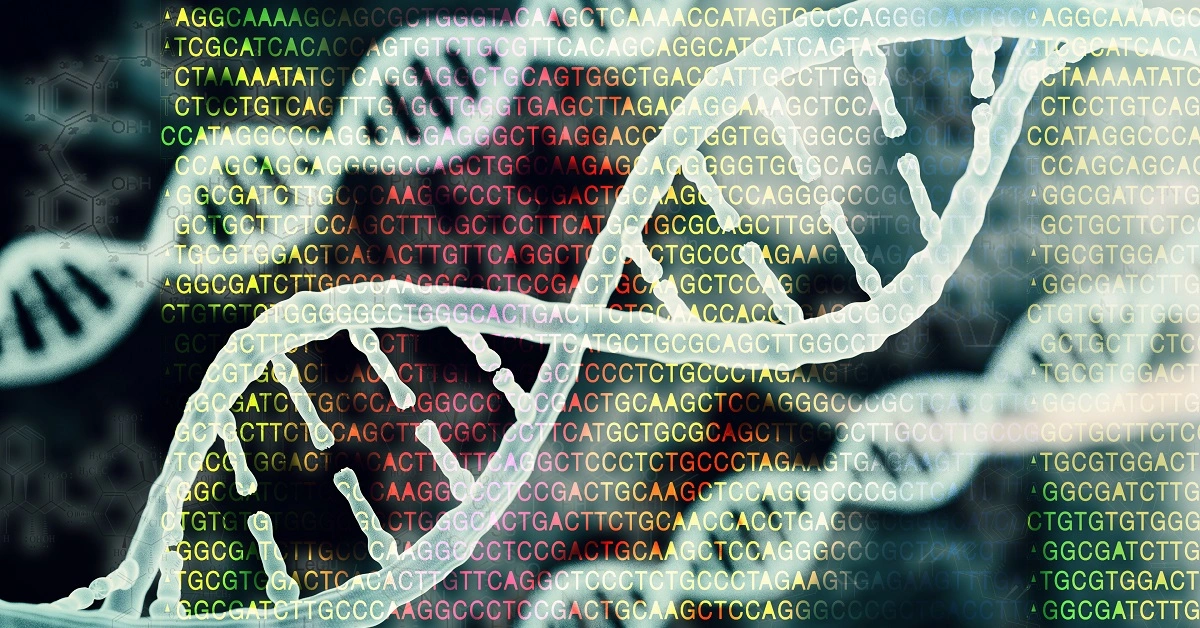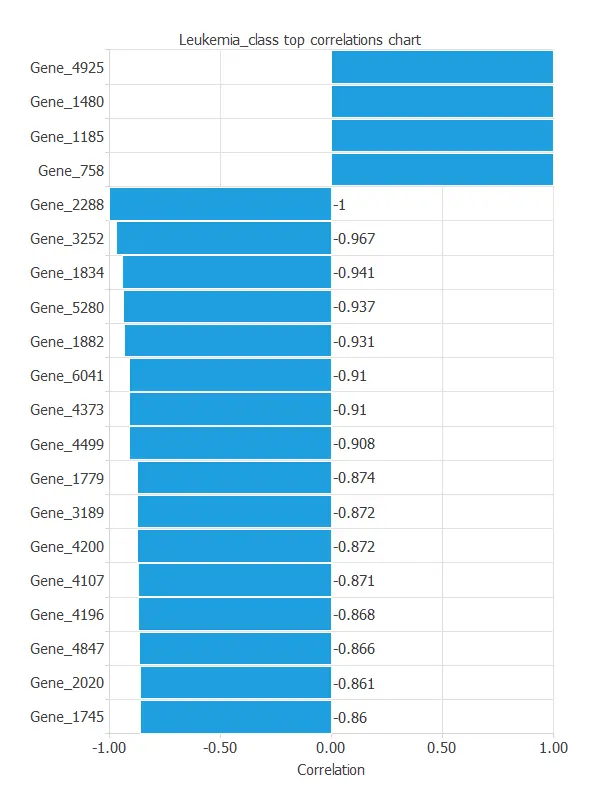

Microarray data analysis using machine learning
source link: https://www.neuraldesigner.com/solutions/microarray-analysis
Go to the source link to view the article. You can view the picture content, updated content and better typesetting reading experience. If the link is broken, please click the button below to view the snapshot at that time.

Microarray data analysis using machine learning
Microarray data analysis using machine learning

Machine learning enables us to bear on these data, letting us shed light on key interactions involved in complex experiments.
Neural Designer lets you discover intrincate relationships and recognize complex patterns from microarrays data using machine learning methods.
A microarray is defined as an experimental format based on the synthesis or attachment of probes on a solid substrate intended to be exposed to the target molecules.
The level of hybridization between the two is indicated by the fluorescence, and it indicates the level of expression of the probe in relation to the target molecule.
There are different probes that can be analyzed using microarrays. Some examples are DNAs, RNAs, proteins, tissues, peptides...
These are some of the microarray applications:
- Study of genes under different conditions. One example would be healthy versus ill.
- Identifying genes characterizing a disease.
- Predict the response of a certain treatment.
- Environmental stress responses.
One of the most famous applications of machine learning is the molecular classification of cancer by gene expression conducted by Golub et al.
A microarray data set stores experimental data in a matrix, where rows usually correspond to gene names or probe identifiers, and columns to sample identifiers.
The scale and complexity of microarray data sets is increasing exponentially. Indeed, large-scale experiments involve monitoring the expression levels of thousands of probes simultaneously.
All of the information about a microarray experiment must be recorded systematically, so that meaningful data sets can be generated.
Fortunately, there also are a lot of public databases for arrays like Array Express at the European Bioinformatics Institute or the NCBI´s Gene Expression Omnibus GEO.
There has also been an effort in standardizing the microarray data sets so the researchers can share common knowledge and compare experiments. The Microarray Gene Expression Data Society is leading this effort.
These are some of the benefits that machine learning can provide in microarrays:
ANALYZE GENES
Analyze the changes in the genes to find patterns and determine if they are in the normal or disease state.
DIFFERENCIATE GENE´S STAGES
Determine the conditions that make a gene change from normal to disease state.
PREDICT THE FUTURE STAGES
Develop a model that can recognize the changes in the genes and predict their state.
PREVENT DISEASES
Use the predictive model for preventive medicine and early diagnosis.
Machine learning can help us discovering relationships between genes and diseases and between genes themselves from large data sets.

Neural Designer is a machine learning software that implements neural networks, a technique capable of analyzing large amounts of data and find complex relationships between them.
The tool provides you with different methods to analyze relations between the state of the genes and the environmental conditions, model selection algorithms for the best design of the neural network or the most important variables, and a set of testing methods to check the correct functioning of the predictive model.
You can see how Neural Designer can solve this example and find correlations between the leukaemia class and different genes.
Thanks to the input selection algorithms, Neural Designer is able to find which are the most influencial genes in leukemia.

Conclusions
The study of microarrays and gene expression can bring useful knowledge to very complex subjects, and it is a tool healthcare researchers are using to learn about diseases and how to treat them.
Relevant documentation:
If wou want to learn how to use Neural Designer, you can do that by reading the user´s guide or practicing with the examples.
You can also learn more about neural networks reading this guide.
Related examples:
Do you need help? Contact us | FAQ | Privacy | © 2022, Artificial Intelligence Techniques, Ltd.
Recommend
About Joyk
Aggregate valuable and interesting links.
Joyk means Joy of geeK



